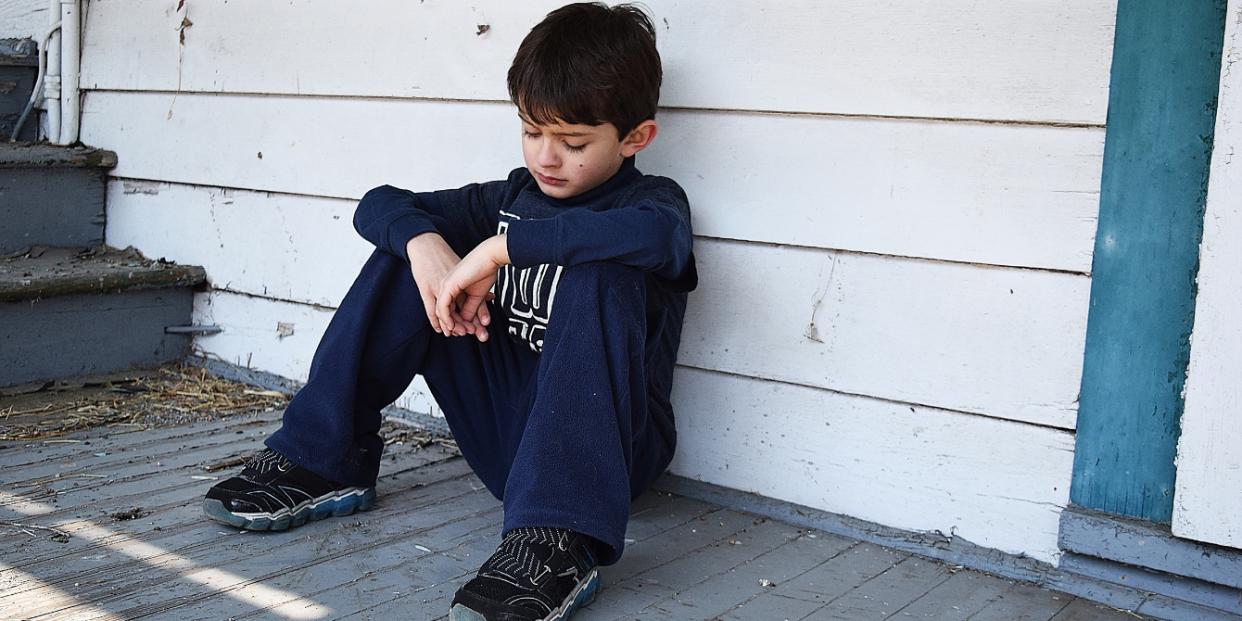Breaking the generational cycle of poverty: Why safe and affordable homes are essential for children’s future

As a mother, it’s hard not to worry about the future of your children. You strive to keep them safe and provide them with the best opportunities. This becomes challenging when poverty or housing instability looms over your family—a harsh reality faced by numerous families across the US. The statistics are alarming: 11.6 million children in the US are living in poverty, and 2.5 million, or 1 in 30 children, experience homelessness each year. Additionally, new data reveals another heart-wrenching reality: Children under 5 are the most at risk of eviction.
We know that a stable home environment contributes to a child’s healthy development, both physically and psychologically. Children facing housing instability are more likely to experience adverse health outcomes and delayed developmental milestones. Moreover, the trauma of eviction can take a toll on a child’s mental health, leading to depression and anxiety.
Additionally, children in these situations often experience disruptions in their education, grappling with frequent school changes and falling behind in their studies. Consequently, they miss out on opportunities for higher education and better-paying jobs, which can lead to lifelong consequences.
Providing stable housing goes beyond the individual child—it is a means to break the cycle of poverty that affects families for generations. Research has shown that children who grow up in stable housing environments are more likely to graduate from high school, attend college, and earn higher incomes. As these individuals become adults, they are more likely to provide stable homes for their own children, ultimately breaking the cycle of poverty and instability.
How can we affect change when it comes to stable housing?
By making stable housing a priority, we can positively impact the lives of countless children and families, ensuring a brighter and more promising future for generations to come. So how can we effectively achieve this?
Invest
First, at the government level, we need to invest in affordable housing programs that prioritize families with children.
This includes expanding federal housing programs and increasing funding for affordable housing construction and renovation.
Vote
As individuals, we can make a significant impact by voting to elect leaders who prioritize housing affordability as a key policy issue.
We can also write letters to local and national representatives, urging them to support and fund affordable housing programs.
Support
Additionally, we can bolster nonprofits, like Dwell with Dignity and Habitat for Humanity, that are doing crucial work to combat childhood poverty and homelessness through donations, volunteering, and promoting these organizations.
While these nonprofits and programs are working tirelessly to combat this crisis, we, as a society, must also recognize our responsibility in finding a solution. This includes supporting organizations dedicated to providing stable housing and advocating for policies that address the needs of low-income families.
Advocate
Finally, we must work to address the underlying structural inequalities that make it difficult for families with children to access affordable housing.
There are tangible steps we can take as a society to address these disparities. By advocating for affordable childcare options for low-income families, we can ensure that parents are able to work and provide for their families without sacrificing their child’s well-being. We need to demand an end to wage discrimination, which disproportionately affects women and people of color, making it difficult for them to afford stable housing.
The time to take action is now. By working together to provide stable housing for all, we have the opportunity to break the cycle of poverty and empower children to achieve their fullest potential.


